| Today we will be exploring the use of story for learning and teaching and we are very interested in finding out how you currently use story and what difference this makes to the student experience and their learning - particularly in the context of threshold concepts. Stories and narratives are very important to me and my educational work. They offer me a way of exploring and developing my own threshold concepts and I show the evolution of my thinking through my blogs which are an account of my unfolding story. My understandings of lifewide learning, learning ecologies, personal creativity, personal pedagogy and brokerage have all been grown from the stories of my own life, and the lives of family, friends, colleagues and students. I find it hard to believe in a theory of learning if I cannot apply it to my own life and circumstances. These are all threshold concepts for me - a teacher must first master a threshold concept for himself before he can explain and demonstrate it to others. They contain within them all the features of a threshold concept summarised on the right. I use my stories to communicate my understandings and the meanings I have developed to others - mostly other higher education teachers. I believe in open social learning which is based on the idea that 'we are the curriculum'. The #creativeHE course provides a good example of a socially constructed curriculum composed of stories, personal perspectives and created artefacts of those who are participantating. Similarly, Creative Academic Magazine is rich in the stories of the lives, experiences, insights and practices of the contributors | ‘Threshold Concepts’ may be considered to be “akin to passing through a.... “conceptual gateway” that opens up “previously inaccessible way[s] of thinking about something”(Meyer and Land). Transformative: Once understood, a threshold concept changes the way in which the student views the discipline. More ... Troublesome: Threshold concepts are likely to be troublesome for the student. Perkins [1999, 2006] has suggested that knowledge can be troublesome e.g. when it is counter-intuitive, alien or seemingly incoherent. More ... Irreversible: Given their transformative potential, threshold concepts are also likely to be irreversible, i.e. they are difficult to unlearn. More ... Integrative: Threshold concepts, once learned, are likely to bring together different aspects of the subject that previously did not appear, to the student, to be related. More ... Bounded: A threshold concept will probably delineate a particular conceptual space, serving a specific ......purpose. More ... Discursive: Meyer and Land [2] suggest that the crossing of a threshold will incorporate an enhanced and extended use of language. More ... Reconstitutive: "Understanding a threshold concept may entail a shift in learner subjectivity, which is implied through the transformative and discursive aspects already noted. Such reconstitution is, perhaps, more likely to be recognised initially by others, and also to take place over time (Smith)". More ... Liminality: Meyer and Land [4] have likened the crossing of the pedagogic threshold to a ‘rite of passage’ (drawing on the ethnographical studies of Gennep and of Turner in which a transitional or liminal space has to be traversed; “in short, there is no simple passage in learning from ‘easy’ to ‘difficult’; mastery of a threshold concept often involves messy journeys back, forth and across conceptual terrain. (Cousin [15])”. More ... SOURCE: http://www.ee.ucl.ac.uk/~mflanaga/thresholds.html |

We can tell a story in a picture like the one I've created to animate this story. I use these sort of narrative pictures a lot in my 'teaching' as they turn words only into actions and doings that people can more readily relate to. They are an important feature of my teaching and a medium for my creativity. Over the years I have collaborated with illustrators and graphic facilitators to turn concepts and theories into visual stories. The drawings in this picture were made by Andres Ayerbe - who was at that time a talented graphic design student. I honour his talent by remixing his sketches and reusing them over and over again in different contexts and stories.(see my previous post)
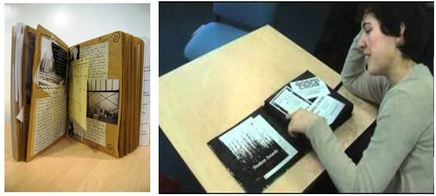
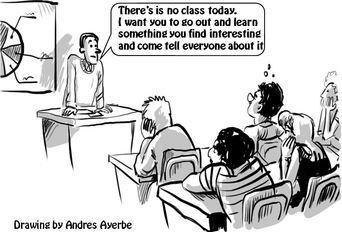
This is social learning at its best. This is 'teaching' through the sharing of stories that have powerful personal and collective meaning. They move us from the theory of how something might be accomplished, towards how practice is acually achieved in a particular context and more importantly 'WHY?' it is achieved by a particular person in a particular way in a particular context. Personal stories and how they shape our perceptions are at the heart of our ecologies for learning, creating and achieving. They are also the way we recognise and share our personal ecologies retrospectively.
Periodically, someone new comes into your life, and they start sharing their stories and suddenly new affordances open up. One such person is Gillian Judson who has been an active contributor during this weeks #creativeHE conversation. I invited Gillian to write an article for Creative Academic Magazine which she kindly did and in the article she drew my attention to
'Dance Your PhD'. I clicked the link and spent a whole evening watching many video clips on YouTube. Here is a playful idea for creating new meanings about quite abstract often scientific ideas using a medium for creative expression that involves story telling, dance, music and visual performance. They are also social creative artefacts in that the owners of the PhD involve others in their dance intepretations. I can't think of a better way of demonstrating the power of story telling in higher education learning. Here are a couple of examples.




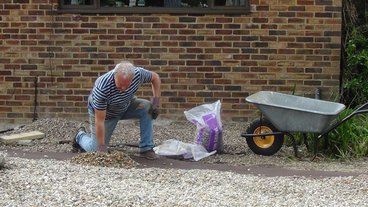
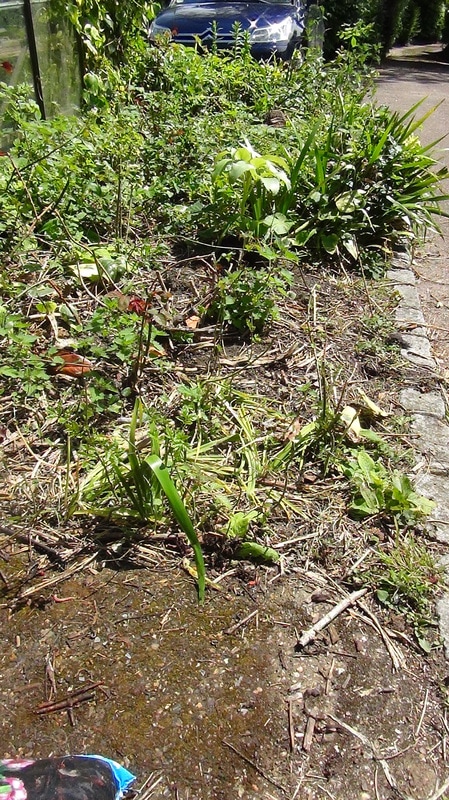
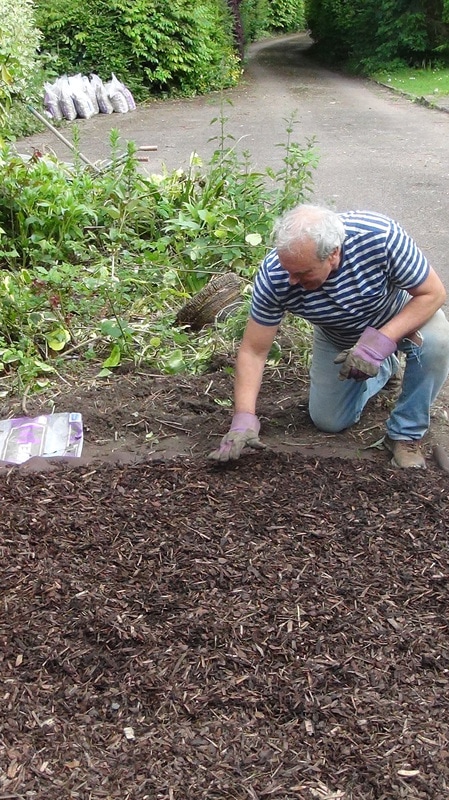

 RSS Feed
RSS Feed